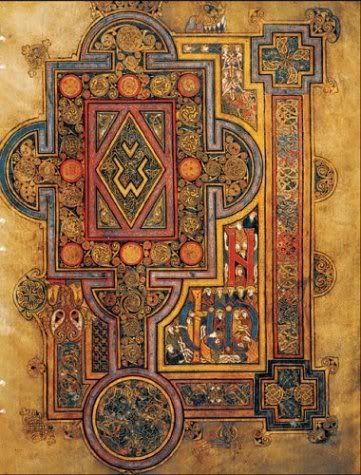While some people are awed by the grandeur of Monuments and Government Buildings, -FUPPETS- finds the greatest joy and awe when appreciating the unmatched beauty of a great Library.
The most basic library around is still a beautiful thing, for nothing is more magnificent than the sight of hundreds or thousands of books lined up on shelves. However, the majesty and sheer briliance of a truly great Library is the pinnacle.
-FUPPETS- hopes to experience these bastions of human knowledge and creativity in the flesh someday, but thank
Mario for the Meta-Interwebs, through which we can get a glimpse at these motherfucking masterpieces. Here, in an ongoing -FUPPETS- feature, are some of the most beautiful Libraries in the world, and some of their most-prized contents.
Trinity College Library - THE LONG ROOM

The Long Room is a testament to the secular worship of learning: it is a cathedral of the book. This main chamber of the Old Library is 65 meters (210 feet) long and stretches two stories high and further to a beautifully timbered, barrel-vaulted ceiling. Some 200,000 of the oldest books in the library's collections are held in oak bookcases and shelving, running the length of the room in a series of alcoves on either side, not unlike the side chapels of a baroque church. Contrasting with the dark wood and bindings of the books are white marble busts that punctuate the alcoves, celebrating great writers and philosophers.



The Book of Kells was not a work for day-to-day use; it is thought to have been altar furniture used for special occasions. Scribes (who held high status within the ranks of the monks) painstakingly copied, in Latin, the four gospels of the life of Christ, with quill pens on vellum - stretched calfskin. (It is estimated that 185 calves' skins were used for the Book of Kells.) Beyond the handsome calligraphy, though, it is the embellishment and illustration of the book in brilliant colors that transforms it into a masterpiece of medieval art. The glowing colors were achieved with an astonishing range of pigments, from crushed oak apples to lapis lazuli to beetles' wings. Complex imagery with multiple symbolic meanings includes peacocks, snakes, animals, spirals and triskeles, and, of course, crosses of various styles. Images of saints are used, some rendered with great style and draftsmanship. Together these elements achieve both an immediacy and a sense of mystery
Man, that is some dope shit!!!!!!





No comments:
Post a Comment